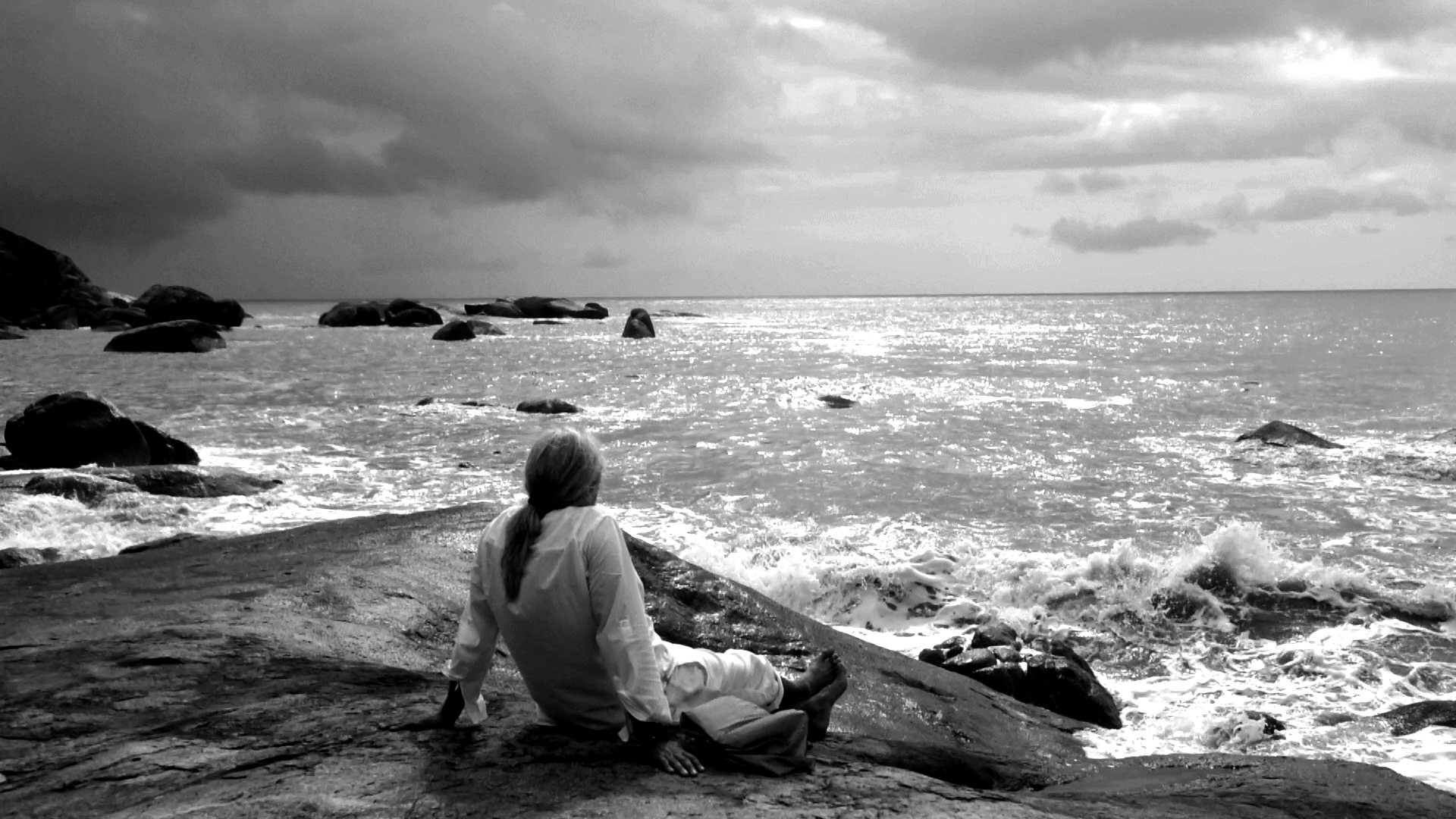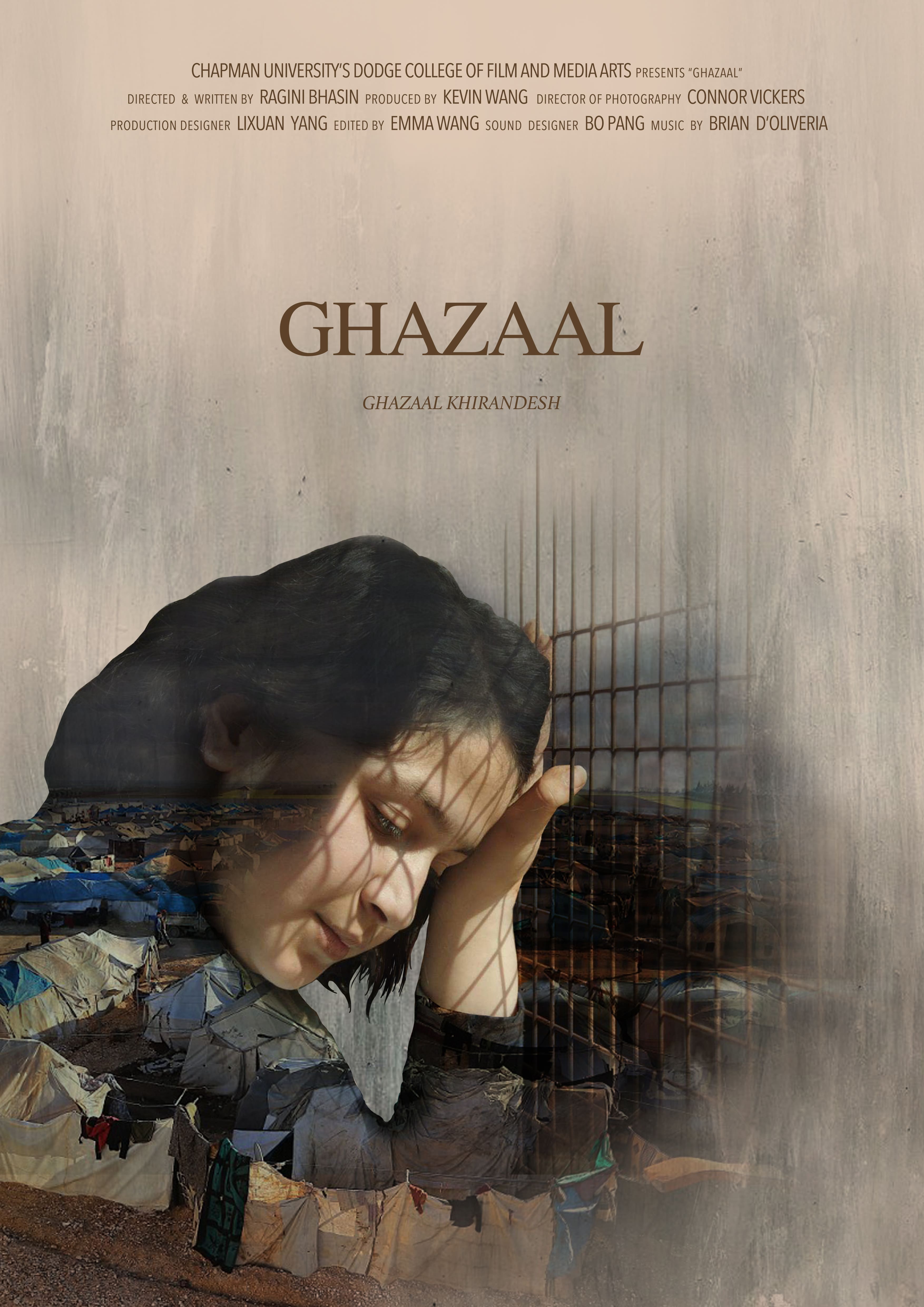By Sai Sharma
Movies exist today because of technology. If not for the invention and momentary advancement of a camera and projection systems, movies would not have been as impactful as they are today. When we watch a film like The Avengers in 3D, we get immersed into a world that is not real, but it becomes real for us until the film lasts. All of this is made possible by a concentrated balance of high-tech audio-visual devices.
Throughout history, the world of filmmaking and entertainment business as a whole has witnessed some major developments which have influenced camera technology in a drastic manner. The first film to be ever made was produced in the 1880s and the eventual screening for the general public was held on 1890s, almost a decade later. Films or “motion pictures” entered India very shortly after that, as according to a source, a bunch of short films premiered at the Watson Hotel located in Bombay (Mumbai) in the year 1896 for a selective English audience of the British Raj. Later, numerous Indians began working on making film footages by utilizing the imported equipment, leading to the first Indian film ever to be made, titled “Raja Harishchandra,” which was completed and screened in 1913. Raja Harishchandra led to the dawn of Indian cinema as we know it and Indian filmmakers have since been adapting newer film/video technologies. The Indian film industry has left a major mark in world cinema with the ‘new wave’ of the 1960s – a decade considered to be a time of high importance in the country’s history. Today, the country makes a wide array of films in more than 16 languages.
Just watch an old movie if you really want to juxtapose the film quality of contemporary times with that of the generations before us. From old cellular devices to a modern bezel-less iPhone, from the giant CRT television sets of the past to the modern LED displays, technology has revolutionized the video watching experience drastically. This advancement is not just limited to the movie watching experience alone, but also in how it is delivered to the audience, or more specifically, the means through which it is delivered.
With the emergence of ‘streaming’ as an appropriate alternative to cable and satellite TV, some feel that it is easier than ever for independent filmmakers and content creators to get their voice heard. We live in the “YouTube generation,” where all we need to get recognition is a social media platform like Facebook or Instagram, by which it has the potential to get instant views and numerous hits. Hence, no person with talent needs to be judged on a reality show anymore. Instead they can reach out to their audience directly without all that hassles.
Artists can also utilize DSLR camera systems for filming music videos for their songs, and then edit it on an application like Adobe Premier Pro, then further colour-correct it in Davinci Resolve and master the audio in Pro Tools. These software applications have only seen great development within the existing decade, as the UI for most of the filmmaking software have gotten more user-friendly, thereby empowering a normal individual to produce multimedia content with ease.
It is amazing, really, how drastically technology has altered the human experience. We have VR (virtual reality) for example, where an individual can wear specific eye gear which blocks his vision to depict a particular place or landscape on a 360-degree level; it creates a virtual environment with infinite visual possibilities in terms of what the viewer can experience. Technology this powerful can quite literally alter our reality.
With respect to advertising, there has always existed visual aid like banners, posters and video ads which have been utilized to pitch a product or service to a particular niche. Though, traditionally, this process has been rather expensive, where advertisers mostly rely on print media like banners, transit ads, outdoor-indoor ads to reach their target audience. In today’s society, one can market masses of visual multimedia content with the help of digital marketing techniques. With the evolution of the internet, various film and entertainment companies can now reach out to their target audience via social media and internet advertising, unlike traditional film marketing, where companies needed to purchase screen time for television advertising by paying thousands of dollars. Today, the same organization can reach out to an ever-wider audience by investing only a quarter of the price.
A rapid improvement in drone technologies has also helped low budget indie filmmakers get high quality aerial shots. Earlier, this could have only been made possible only by mounting the camera on a helicopter: something only big studios could afford.
3D rendering programs like 3Ds Max and Maya have made it easier for designers and filmmakers to execute their visions within a digital domain, offering them a land of practically infinite possibilities where one can create whatever they imagine. 3D printing has helped massively to turn those digital creations into real objects. Film studios are creating anything from large full-scale sets to something as small as a night vision goggle, while some are even considering creating tanks and spaceships with the aid of this technology.
There are ample examples around us that prove that modern technology has complimented the movie-making process in a massive way, thereby making it easier than ever for filmmakers to achieve their vision, and in the process drastically alter the ethics of the film business. It is safe to assume that this change will be for the good of the entertainment industry. And that it will continue to empower content creators by providing economic means to execute their vision.








Leave A Comment
You must be logged in to post a comment.